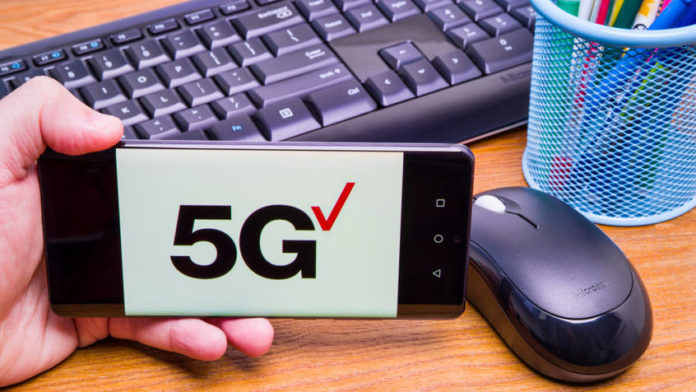Verizon paying SES $170 million to accelerate C-Band clearing
Verizon in January activated its C-Band spectrum, won at auction in 2021, and immediately covered 100 million people with mid-band 5G. The year-end goal is to expand that coverage number to 175 million. And now, based on agreements that accelerate clearing of C-Band, Verizon is adding coverage this year in major metro markets, including Atlanta, Baltimore, Denver and Washington D.C.
Before being re-allocated for 5G mobile services by the FCC, C-Band was the domain of satellite operators. Phase 1 of the clearing process covered 46 partial economic areas. SES, a Luxembourg-based firm specialized in “global content connectivity solutions,” said in a press release it will earn $170 million from Verizon by accelerating Phase 2 clearing against a Dec. 5, 2023 deadline.
According to Verizon, the early clearance will allow it to deploy mid-band 5G “on at least 60 megahertz of spectrum and up to 100 megahertz of spectrum in some areas to at least 30 additional major markets,” such as those identified above.
Verizon has yet to adjust its year-end coverage goals figure, 175 million, but hinted to PCMag that a change could be coming.
Verizon EVP and President of Global Network and Technology Kyle Malady said in a statement, “We’ve been able to accelerate deployment because we’re driving more efficiency and coverage from the C-Band spectrum, leveraging opportunities like the one we are announcing today, and leveraging our already in place infrastructure…I have never experienced a network deployment move so quickly.”
T-Mobile US has touted its 5G network coverage advantage which is based on its 600 MHz Standalone 5G network, and its Non-Standalone network that uses 2.5 GHz spectrum acquired in the Sprint merger. Verizon and AT&T both spent billions on C-Band spectrum with the former aggressively working to operationalize that spectrum and augment limited mmWave 5G availability.

